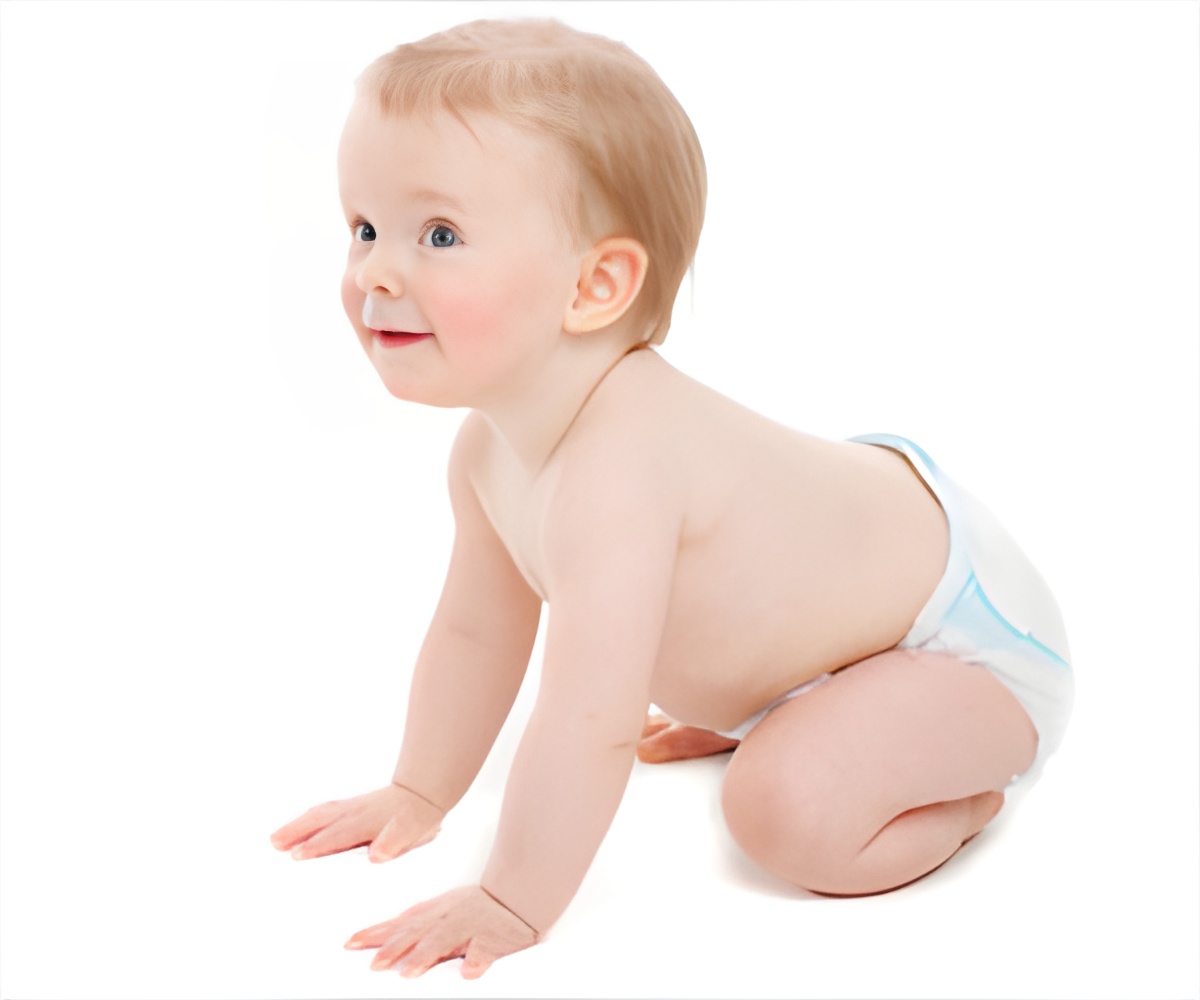Babies are born with just two walking primitives and this primitive stepping reflex is the foundation on which children build an independent walking motion.

TOP INSIGHT
Neural locomotor primitives can help improve walking in patients recovering from spinal cord injury and cerebral palsy.
The group has shown that movements such as walking are created from the flexible combination of a small set of groups of muscles that simplify the control of locomotion, called 'locomotor primitives'. Dr Dominici expands on this, saying: "We found that human babies are born with just two walking primitives: the first directs the legs to bend and extend; the second commands the baby's legs to alternate -- left, right, left, right -- in order to move forward. To walk independently, babies learn two more primitives, which we believe handle balance control, step timing and weight shifting."
These primitives are unexpectedly alike throughout the different animals that the group has studied, as Dr Dominici explains: "Despite all of the differences in body structure and evolution, locomotion in several animal species could start from common primitives, maybe even stemming from a common ancestral neural network."
This knowledge could be significant in helping patients with walking disabilities recover some mobility. Dr Dominici has already had promising results in rehabilitating injured rats and has bigger plans too. "Results from the rat study show that it's possible to use neural primitives to improve walking in rats," she says. "We are now studying the applicability of this method to children with cerebral palsy and adults with spinal cord injuries."
Source-Eurekalert
 MEDINDIA
MEDINDIA




 Email
Email









